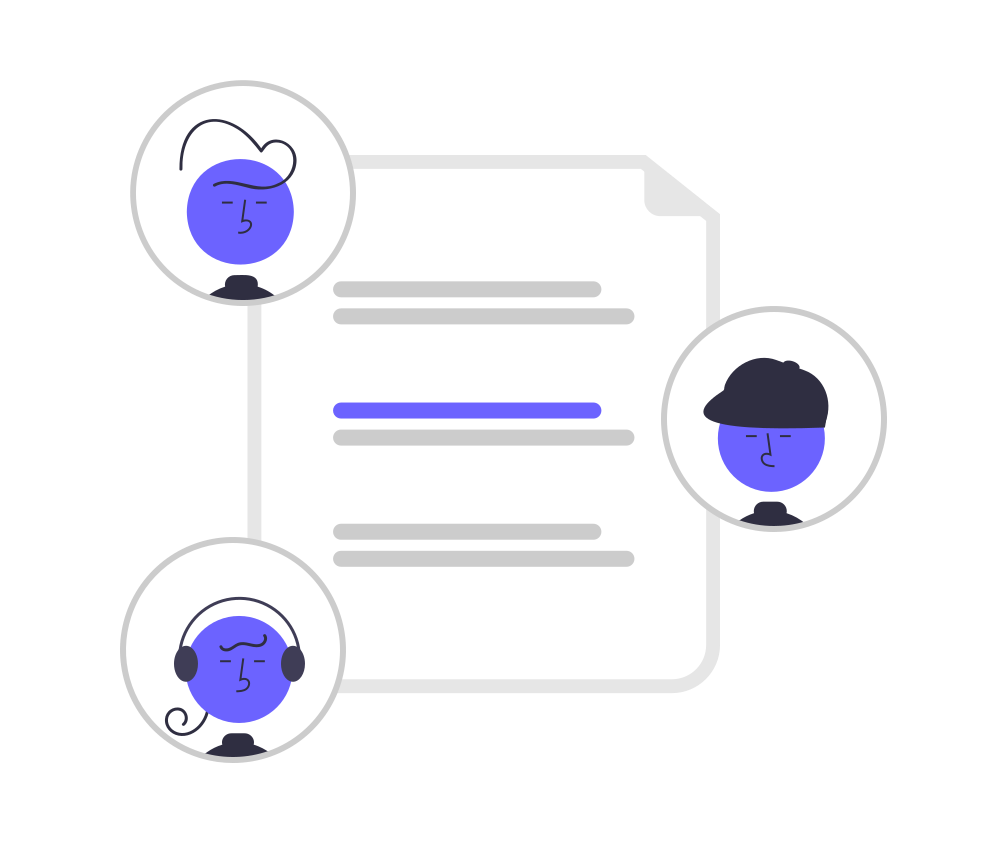Creating accurate and detailed customer personas is essential for any B2B marketing strategy. Customer personas help you understand your target audience, tailor your marketing efforts, and ultimately drive better engagement and conversions. Here’s a comprehensive guide on how to create effective customer personas for B2B marketing.
1. Conduct Thorough Market Research
Begin with comprehensive market research to gather relevant data about your target audience. This involves analyzing your current customers, exploring industry reports, and studying market trends. Key data points to consider include:
- Industry: Identify the sectors your target customers belong to.
- Company Size: Determine whether your target audience consists of small businesses, medium-sized enterprises, or large corporations.
- Job Roles: Identify the specific roles and responsibilities of individuals you aim to target within these companies.
2. Leverage Data from Existing Customers
Your existing customer base is a goldmine of information. Analyze the data you have on your current customers to identify patterns and common characteristics. Look at:
- Purchase History: Examine what products or services they have purchased and the frequency of these purchases.
- Demographics: Gather data on the age, gender, and location of decision-makers.
- Firmographics: Understand the organizational structure, revenue, and number of employees.
3. Engage with Your Sales and Customer Service Teams
Your sales and customer service teams interact with your customers regularly and have valuable insights. Conduct interviews or surveys with these teams to gather qualitative data on customer pain points, objections, and motivations. Questions to consider include:
- What are the common challenges faced by our customers?
- What motivates them to choose our product or service?
- What objections do they typically have?
4. Develop Detailed Persona Profiles
Using the data collected, create detailed persona profiles. Each persona should include:
- Persona Name: Assign a fictional name to make the persona relatable.
- Background: Include details such as industry, company size, and job role.
- Demographics: Provide age, gender, location, and education level.
- Firmographics: Specify the company’s revenue, number of employees, and organizational structure.
- Pain Points: Outline the specific challenges and problems they face.
- Goals: Define their primary business objectives and what they aim to achieve.
- Motivations: Highlight what drives their decision-making process.
- Preferred Channels: Identify the communication channels they prefer (e.g., email, phone, social media).
5. Identify Pain Points and Solutions
Understanding your personas' pain points is crucial for creating targeted marketing messages. List the challenges each persona faces and how your product or service can provide solutions. This will help in crafting messages that resonate with your audience and address their specific needs.
6. Map Out the Buyer’s Journey
Each persona will have a unique buyer’s journey. Map out the stages they go through from awareness to decision-making. This includes:
- Awareness Stage: How do they become aware of their problem and your solution?
- Consideration Stage: What factors do they consider when evaluating solutions?
- Decision Stage: What criteria do they use to make the final decision?
7. Refine Your Personas Over Time
Customer personas are not static; they should evolve as your business and market dynamics change. Regularly review and update your personas based on new data, feedback, and market trends. This will ensure that your personas remain accurate and relevant.
8. Use Personas to Inform Marketing Strategies
Once you have detailed personas, use them to guide your marketing strategies. Tailor your content, messaging, and campaigns to address the specific needs and preferences of each persona. This will help in creating more personalized and effective marketing efforts.
9. Collaborate Across Departments
Ensure that your customer personas are shared and utilized across all departments, including sales, customer service, and product development. This alignment will help in creating a cohesive and consistent customer experience.
10. Measure and Optimize
Finally, measure the effectiveness of your personas in driving engagement and conversions. Use analytics and feedback to assess how well your marketing strategies are performing and make necessary adjustments. This iterative process will help in continuously refining your personas and improving your marketing efforts.


